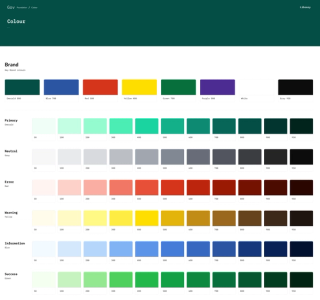AI is transforming the world of web design and development, but not in the ways that we might have expected.
No, AI cannot build websites, and it cannot design visual brands, but it can make life an awful lot easier for those of us who do. By doing the grunt work of real designers and developers, artificial intelligence frees up more time for genuinely creative and thoughtful work. Rather than churning out low quality “AI sludge” this should result in a higher standard of web solutions than ever before.
Scaling up
One surprising way that we are already using AI at Kooba is in managing large multi-site web projects. Multi-national companies often require web solutions that span across borders, with unique requirements for each country-specific website. By using AI plugins in our backend development process, we can easily and accurately translate content across these sites, allowing for a more streamlined and efficient delivery of a multi-site solution, with a greatly reduced amount of human work required for tedious content population.
The human factor
Of course, this doesn’t mean human translation is useless. AI translation is very accurate for literal translations, but clever copywriting often requires the creative re-adaption of puns, wordplay, and other humour. Here, a human writer can normally do a better job. For a great example see the different ways that the comic book Asterix and Obelix has been translated from French to English (often in completely non-literal ways).
Better, faster, stronger
In general, AI translation for backend development will play a similar role as seen in branding and design work. Artificial intelligence will enable humans to do what they do best, whilst leveraging AI tools to roll-out their work faster and on a wider scale. This makes it possible for large website suites to be effectively managed to a higher standard by a smaller workforce, leading to savings for clients and an improved experience for users.
A slow revolution
As is often the case with technological advances, real progress is far less dramatic than we expect. But that doesn’t mean it doesn’t exist. The ability to easily, accurately and quickly translate content across multiple websites is just one example of this phenomenon. It may not be sexy, but the result is a clear improvement to the ability of development teams to manage large backend suites. It also makes multi-website projects more viable (and more affordable!) for clients, as the cost of translation is greatly reduced.









